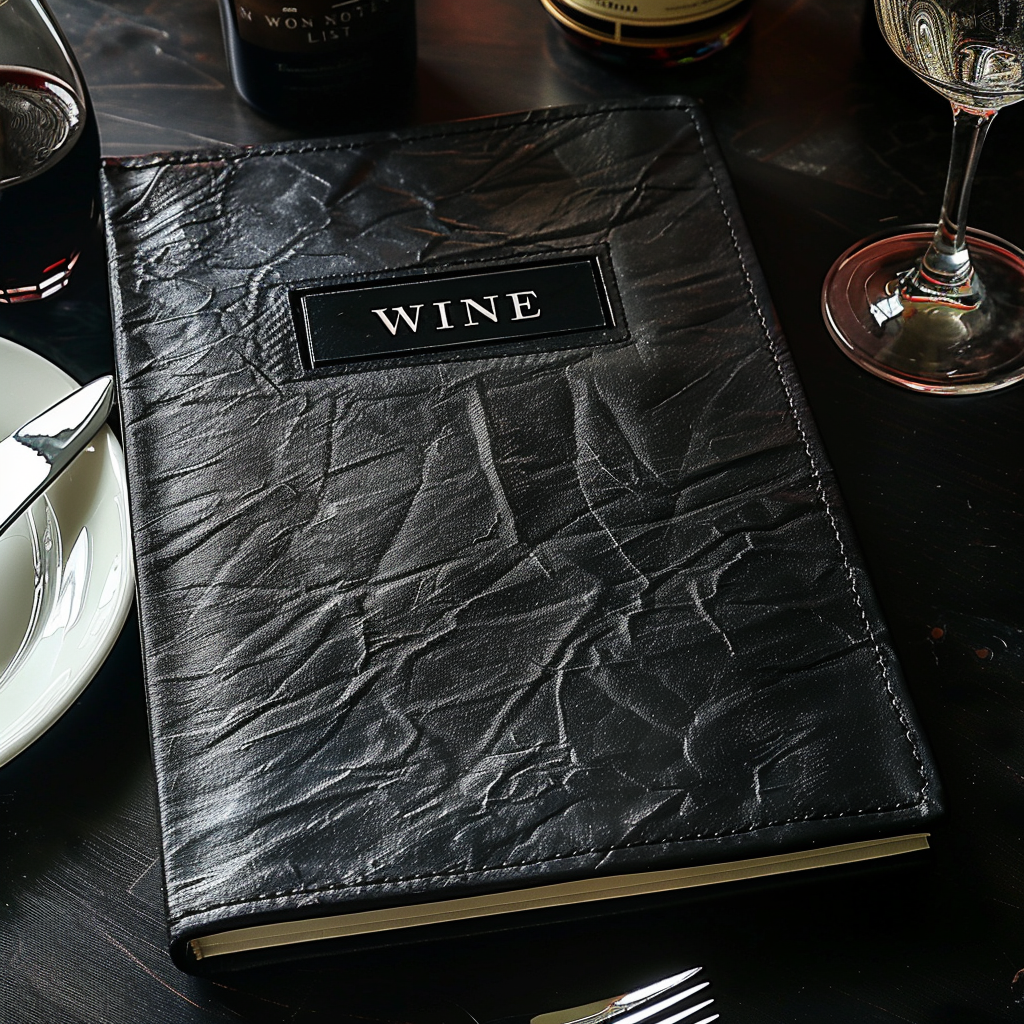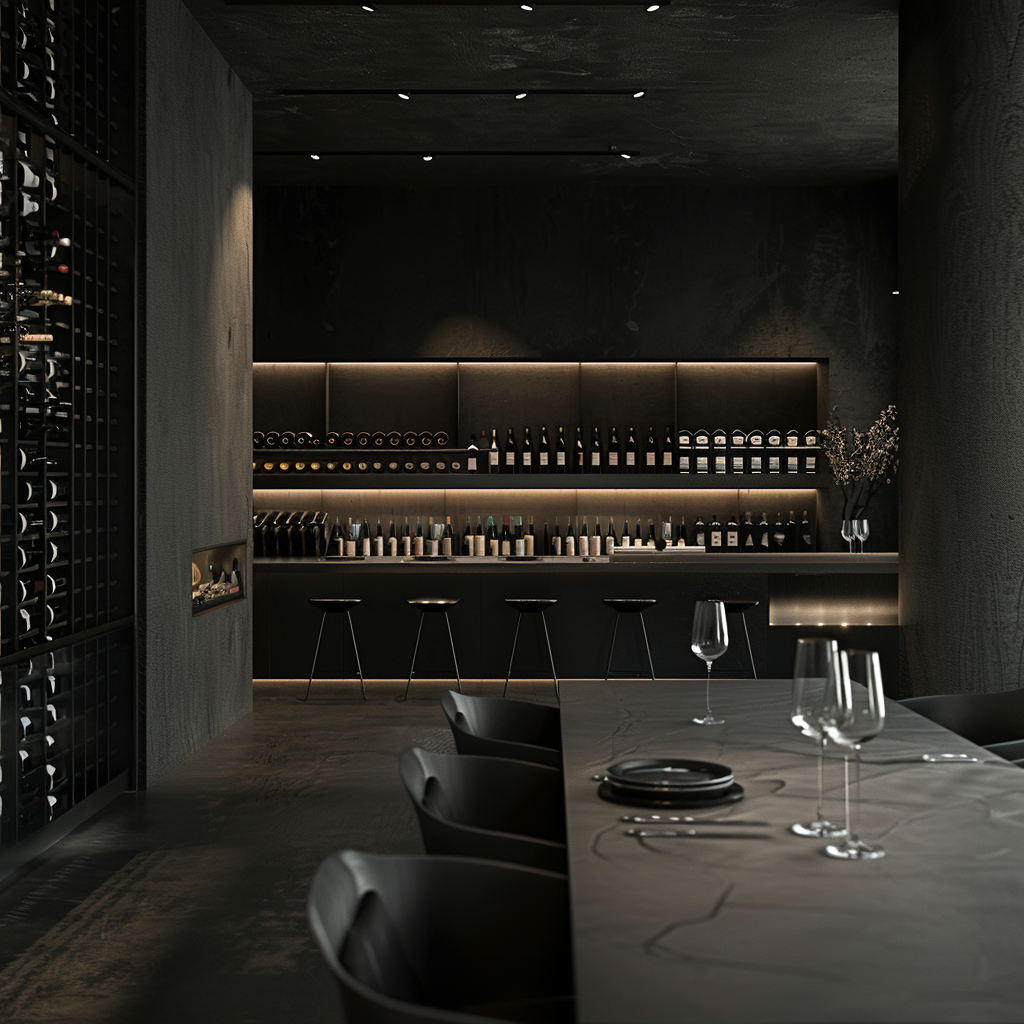Setting the Stage for Exceptional Wine Service: The Importance of Mise en Place Standards
Wine service is a crucial aspect of any fine dining experience. It can elevate a meal from good to unforgettable, leaving a lasting impression on guests. However, to achieve exceptional wine service, it's essential to have a solid foundation in place.
That's where Mise en Place comes in. This French culinary term translates to "everything in its place" and refers to preparing and organizing all necessary ingredients and tools before starting a service.
The Court of Master Sommeliers, one of the world's most prestigious wine education organizations, recommends that all sommelier levels adhere to Mise en Place standards.
In this post, we'll explore the importance of Mise en Place in wine service and how it can help you deliver an exceptional experience to your guests.
Wine lists must be clean, correct, up-to-date, and easy to read.
Cleanliness: A clean wine list is visually appealing and shows that the restaurant takes pride in its presentation and attention to detail. Any smudges or stains on the wine list can be a turn-off for guests and affect their perception of the restaurant. It's crucial to ensure the wine list is free from any marks or blemishes and presented on clean paper or cardstock.
Accuracy: The accuracy of a wine list is crucial, as it can affect the guest's wine choices and the restaurant's reputation. All information, such as wine descriptions, vintage years, and prices, must be correct and current. Inaccurate information can lead to confusion and disappointment for guests, and in some cases, it can result in lost revenue for the restaurant.
Up-to-date: An up-to-date wine list is essential for any restaurant, demonstrating that the establishment is current and relevant. This includes updating the wine list regularly to reflect new additions, seasonal changes, or changes in availability. Keeping the wine list up-to-date ensures that guests can access the latest offerings and that the restaurant provides a relevant experience.
Easy-to-read: An easy-to-read wine list is essential for providing guests with a comfortable and enjoyable experience. This means using clear and legible fonts, appropriate spacing, and avoiding the excessive use of jargon or technical terms. Additionally, organizing the wine list by grape varietal, region, or style can make it easier for guests to navigate and find what they're looking for.
Wines are stored neatly and organized correctly.
Proper wine storage is essential to maintaining the quality and integrity of the wine. Wines should be stored neatly and organized correctly, with consideration given to factors such as temperature, humidity, and light exposure.
This ensures that the wine is in optimal condition when served to guests. A disorganized storage area can lead to confusion, potential breakage, and an inferior wine service experience.
Glassware must be clean and free from odor.
Clean glassware is essential to delivering a quality wine service experience. Glasses should be free from visible marks, smudges, or stains and be polished to a high shine. Any odors or residual scents from cleaning products can impact the taste and aroma of the wine, so it's important to ensure that glasses are free from any unwanted odors. Properly cleaned glassware enhances the guest's enjoyment of the wine and shows the restaurant's attention to detail and commitment to delivering a quality experience.
Perfectly Polished: The Art of Cleaning Wine Glasses for Optimal Taste and Aroma
As a sommelier or wine professional, it's essential to understand the importance of proper glassware care in delivering a quality wine service experience.
Clean and polished glassware enhances the wine's taste and aroma and demonstrates your attention to detail and commitment to exceptional service.
Here's a step-by-step guide on how to properly clean wine glasses:
Steam the glasses over hot water: The first step in cleaning wine glasses is to steam them over hot water. This helps to loosen any residual wine or sediment stuck to the glass.
Polish the bowl first: Once the glasses have been steamed, the bowl should be polished first, as this is the area that comes into contact with the wine. Use a clean, lint-free microfibre, linen, or cotton cloth to gently polish the bowl, removing any marks or smudges.
Polish the stem and foot last: After the bowl has been polished, move on to the stem and foot. These areas should be polished last, as they are less likely to come into contact with the wine. Again, use a clean, lint-free cloth to polish the stem and foot, removing any marks or smudges.
Avoid nylon and manmade fibers: When cleaning wine glasses, it's important to use a cloth made of a natural material, such as cotton or linen. Nylon and other manmade fibers can repel water, leaving streaks on the glass.
The Art of Table Setting: Proper Use of Coasters and Underliners in Wine Service
In wine service, it's essential to maintain a high level of attention to detail, even in the seemingly small things such as coasters and underliners. When serving wine, glass stemware is the only thing that should touch the tablecloth. Bottles, decanters, and corks should be placed on an underliner or coaster, cleaned, and polished before service.
An underliner or coaster protects the tablecloth from spills or condensation and adds elegance to the service. Underliners and coasters should be made of a material that is both attractive and practical, such as wood, leather, or metal. They should also be cleaned and polished before each service to ensure they are free from marks or blemishes.
Coasters and underliners are an important aspect of table setting in wine service. It demonstrates a high level of attention to detail and a commitment to providing a quality experience for guests. Following these simple guidelines can enhance the wine service experience and leave a lasting impression on your guests.
Creating a Seamless Wine Service Experience: The Importance of Preparation and Organization
In wine service, preparation and organization are key to creating a seamless and memorable experience for guests. Here are some tips on how to prepare and organize for wine service:
Service cloths: Service cloths should be folded and prepared before service. These cloths are used to wipe any drips or spills that may occur during service. Having them readily available and neatly folded ensures they are easily accessible when needed.
Bottle opening tools: Bottle opening tools, such as corkscrews or foil cutters, should be organized before service. This makes it easy for the sommelier or waiter to access the tools quickly when opening a bottle of wine.
Ice buckets, coasters, decanters, and decanting tools should also be organized before service. Ice buckets should be filled with ice and water, coasters should be cleaned and polished, and decanters and decanting tools should be ready for use.
Wine storage: Wines should be stored and served at the correct temperatures. Red wines should be stored at room temperature, while white wines should be chilled. Ensuring that wines are stored at the correct temperature ensures they are in optimal condition when served to guests.
Beverage service: Beverage service should always be performed to the guest's right. This makes it easier for the sommelier or waiter to serve and allows the guest to observe the process, adding an extra layer of engagement to the experience.




